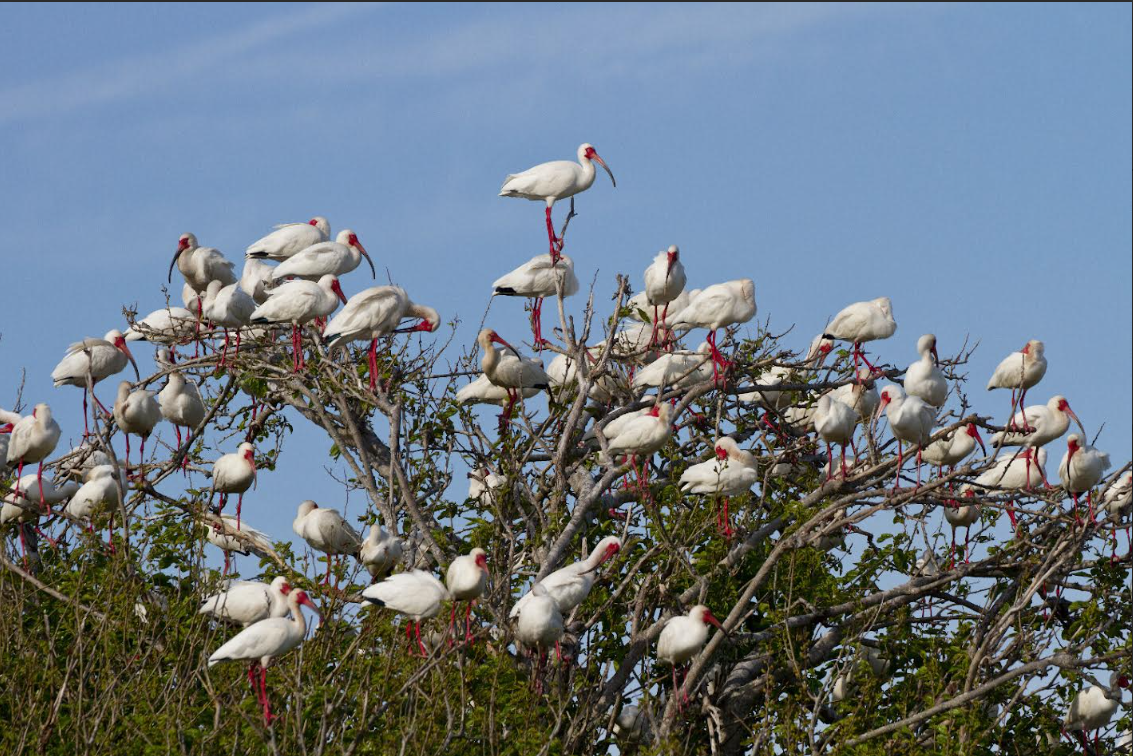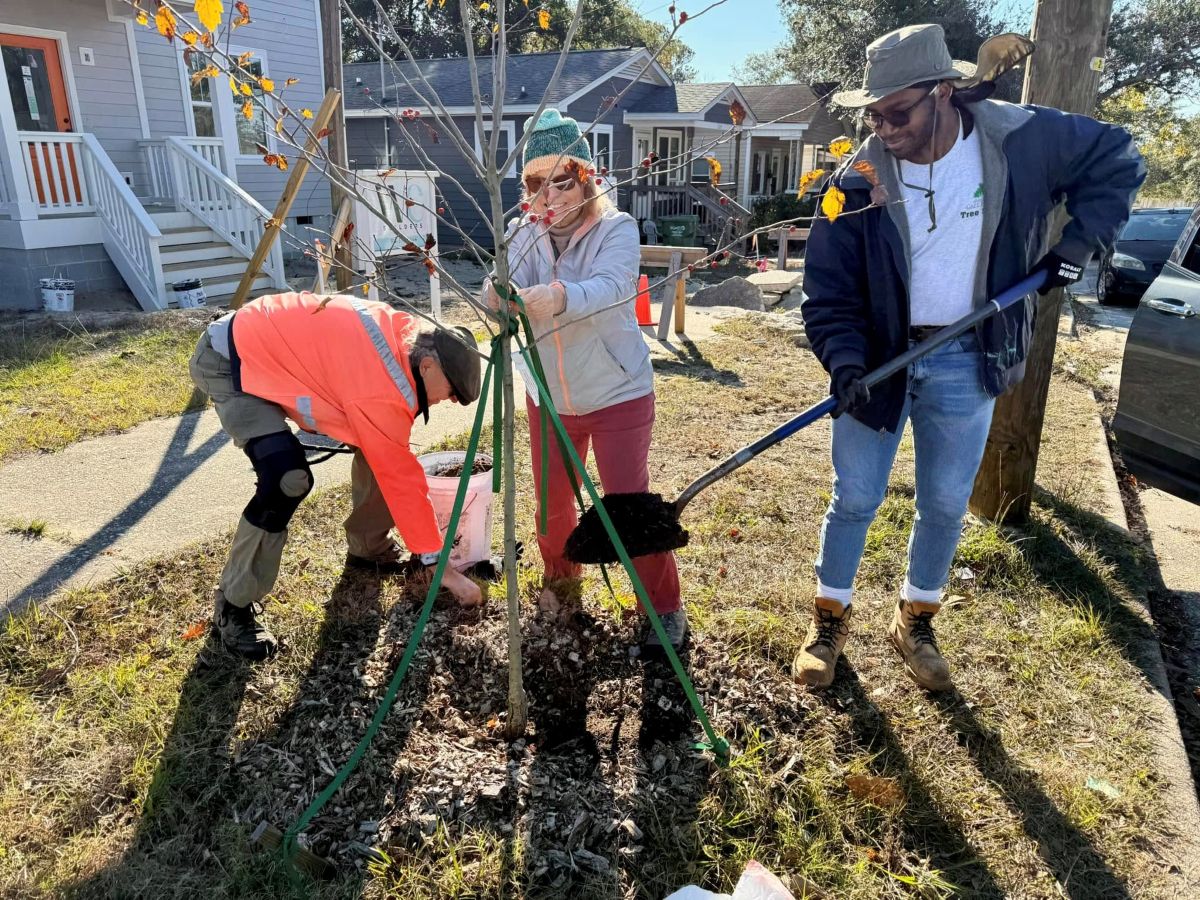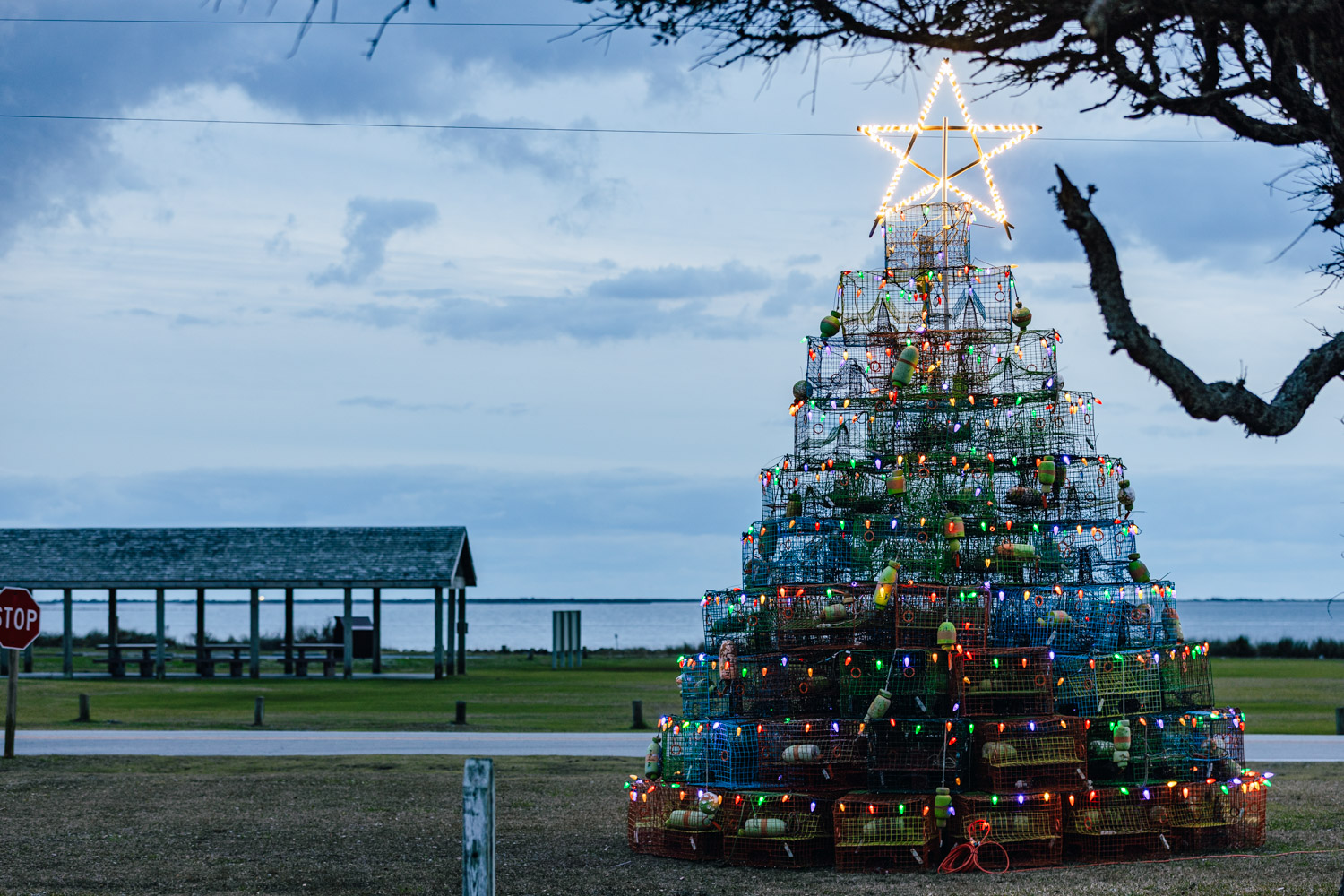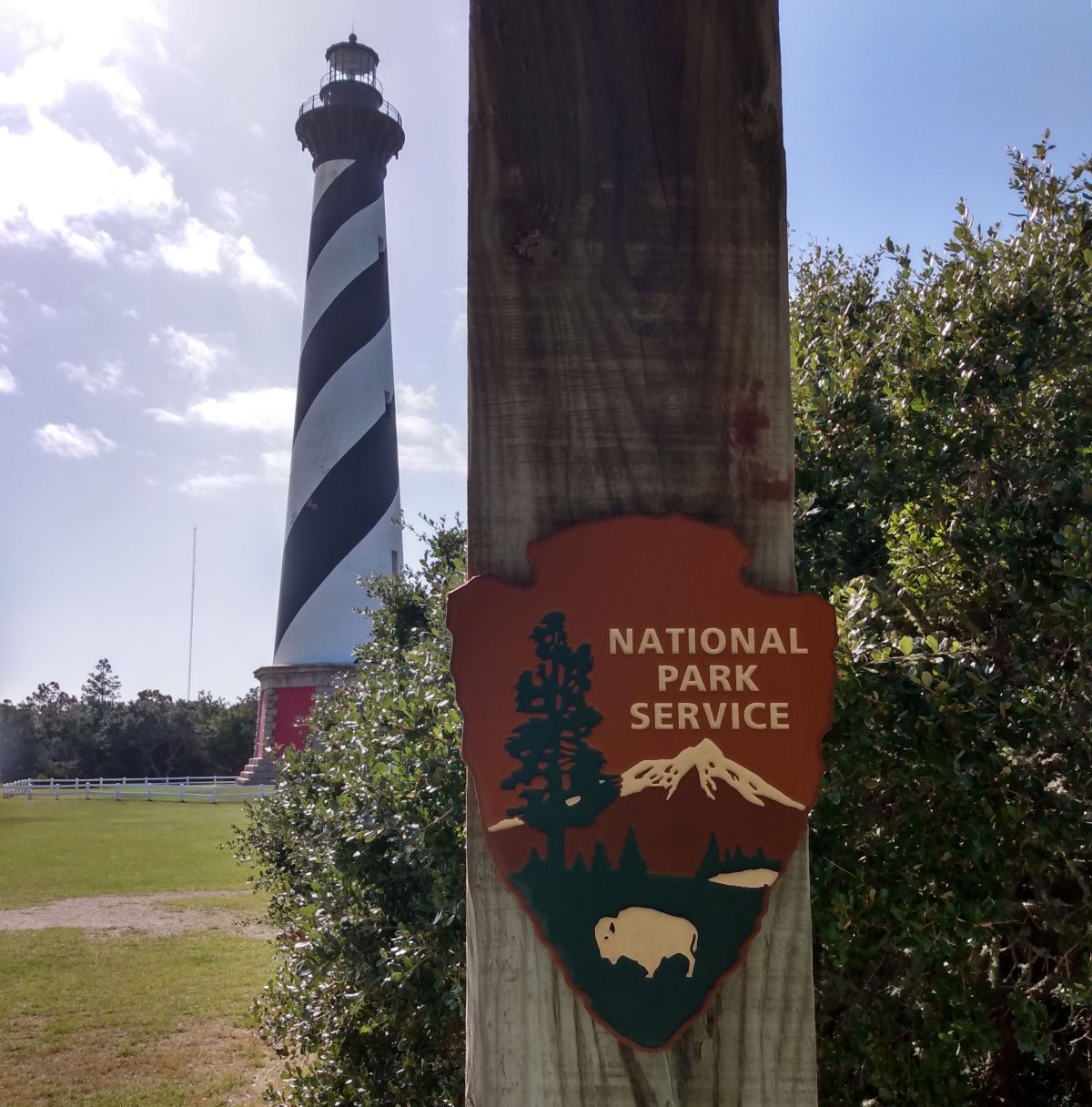
The 18.8 million visitors to North Carolina’s nine National Park Service sites in 2024 injected $2.3 billion into the state’s economy, second only to California’s $3.7 billion, finds a recent report.
Of that $2.3 billion statewide, around 4.7 million visitors spent $732.2 million in the communities around the coast’s five National Park Service sites, according to “2024 National Park Visitor Spending Effects: Economic Contributions to Local Communities, States, and the Nation” made available to the public Sept. 25.
Supporter Spotlight
Park service officials release the annual report detailing what visitors paid the previous year on lodging, camping fees, restaurants, groceries, gas, local transportation, recreation industries and retail in gateway regions, which are the communities or areas that surround a site. An easy-to-use interactive online tool breaking down the report is on the website.
With the ongoing government shutdown that began Oct. 1, and ongoing at the time of this publication, next year’s numbers will likely show a different story.
Visit NC Executive Director Wit Tuttell told Coastal Review that the report “makes it clear that national parks, seashores, historic sites and trails enrich our state and local economies.” Visit NC is the state’s official destination marketing organization.
The study looked at the Wright Brothers National Memorial, Fort Raleigh National Historic Site and Cape Hatteras National Seashore, all on the Outer Banks, Cape Lookout National Seashore in Carteret County, and Moores Creek National Battlefield in Pender County, and, in the western part of the state, Guilford Courthouse National Military Park, the Blue Ridge Parkway, Great Smoky Mountains National Park, and Carl Sandburg Home National Historic Site.
“Beyond the monetary impact, there’s endless value in preserving our scenic wonders and the experience of what humans as well as nature have achieved,” Tuttell continued. “Travelers come here to channel the Wright Brothers, camp on the beach at Cape Lookout, and view the foliage along the Blue Ridge Parkway. Knowing there’s an economic boost to go along with these priceless experiences makes us doubly appreciative.”
Supporter Spotlight
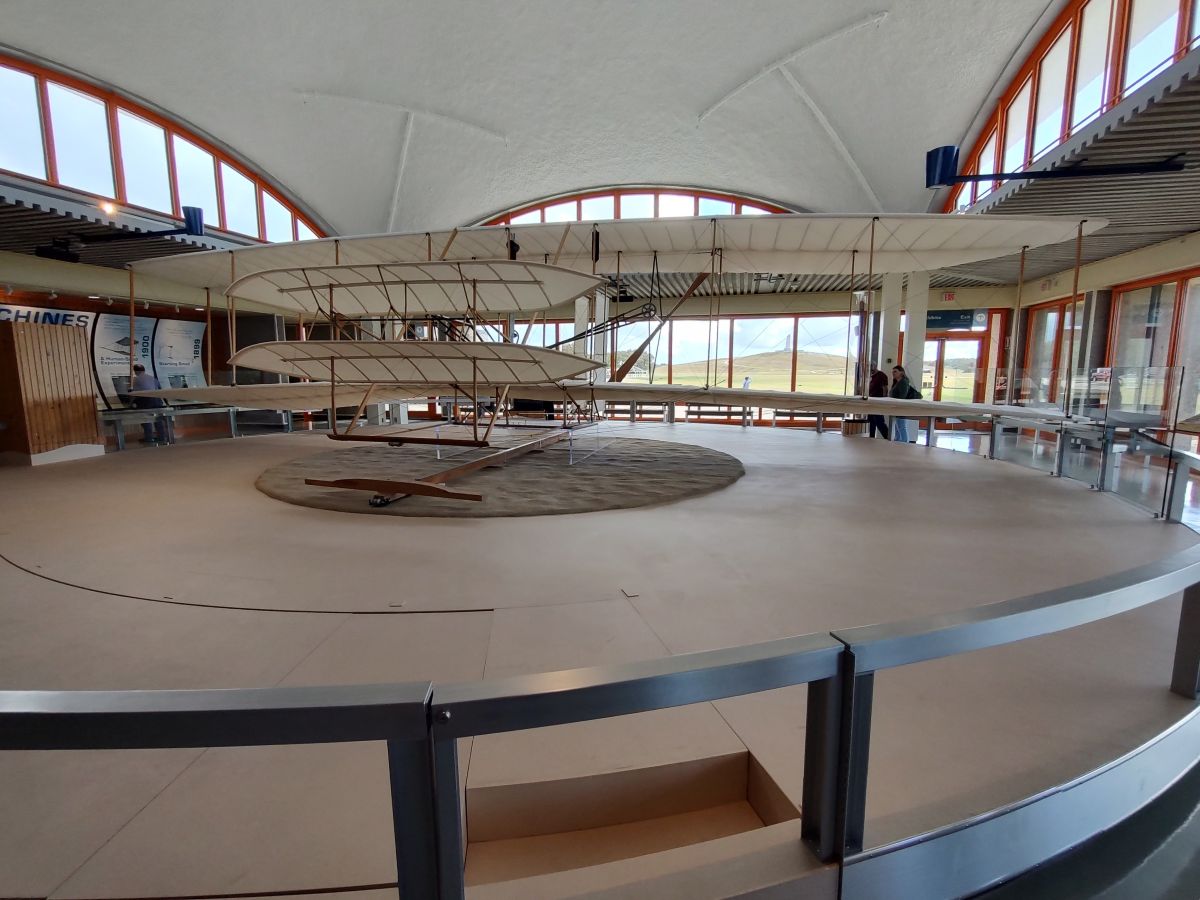
Nationwide, more than 85 million acres make up the 433 federally managed sites found in every state, Washington, D.C., American Samoa, Guam, Puerto Rico and the U.S. Virgin Islands.
The report states that across the country in 2024 a record 332 million park visitors spent an estimated $29 billion in gateway regions at the 404 sites that counted the number of visitors. The previous record was set in 2016 with 330.9 million visits.
Total visitor spending estimates increased by almost 10% in 2024 compared to 2023, which the report authors credit to a 2% park visitation increase of around 6.36 million. Data also shows that more than 55% of parks had an above-average off-season in February-June and October-December.
Using this report, the National Park Conservation Association estimates that the National Park Service is losing $1 million a day nationwide from fee revenue for each day the government is shutdown.
“Based on the Park Service’s shutdown plan, almost 9,300 people (nearly two-thirds of Park Service staff) are now being put in the scary position of not knowing when their next paycheck will arrive. Additionally, park concessioners and partners now face the prospect of lost revenue and further economic hardship — local economies could lose as much as $80 million in visitor spending every day parks are closed in October,” the association stated on its website.
National Park Service on the coast
On the Outer Banks, Wright Brothers National Memorial saw 407,000 visitors who spent around $28.6 million. The site in Kill Devil Hills “encompasses the spot where Wilbur and Orville made their world-changing first flights, the historic sand dune where they did most of their gliding, and the location they lived while they were experimenting in the Outer Banks,” the park service states.
Fort Raleigh National Historic Site is on Roanoke Island and its 275,000 visitors brough in an estimated $19.3 million to the local economy. The site “preserves and interprets the site of the first English Colony in the New World, is the site of the theatrical production, The Lost Colony, and interprets the historical events of the Native Americans, European Americans, and African Americans who lived on Roanoke Island, North Carolina,” according to the park service.

Cape Hatteras National Seashore saw 2.8 million park visitors in 2024 spend an estimated $650 million. This national seashore is roughly 70 miles from north to south and is made up of Bodie, Hatteras and Ocracoke islands. The nation’s first national seashore, Cape Hatteras was established in 1937 “to preserve significant segments of unspoiled barrier islands along North Carolina’s stretch of the Atlantic Coast,” the National Park Service said.
Bryan Burhans is the director of Outer Banks Forever, the official nonprofit partner of three parks, and a branch of Eastern National, a nonprofit that promotes America’s national parks and other public trust partners.
“The National Parks are a money generator. They generate a lot of tourism dollars for the Outer Banks,” he said, but more importantly, these sites are “such an integral part of the fabric that makes up the Outer Banks, which he called “a unique and special place.”
Outer Banks Forever is the official philanthropic partner and does not receive any federal funding. Its work is funded by local businesses, donors, state and county partners, and through various grants. “And our goal is simple. It is to preserve and enhance the visitor experience of our national parks here on the Outer Banks,” Burhans said.
One of the group’s recent projects is the pathway at Cape Hatteras connecting the lighthouse to the beach. It’s in the second phase of the project and is under contract with a company to build a restroom facility with outdoor showers with hot water. “The restroom facility alone is about a $380,000 investment by Outer Banks Forever.”
Cape Lookout National Seashore in Carteret County brought in 552,786 visitors that spent $28.9 million. The site protects a 56-mile stretch of barrier islands where sea turtles and shorebirds nest, a herd of wild horses roam free, and Cape Lookout Lighthouse and two historic villages are a snapshot into the past.
“People come to Cape Lookout National Seashore to recreate at the beach and end up supporting the U.S. and local economies along the way,” said Katherine Cushinberry, the acting superintendent, in a release. “We’re proud that Cape Lookout generates $32 million in revenue to communities near the park.”
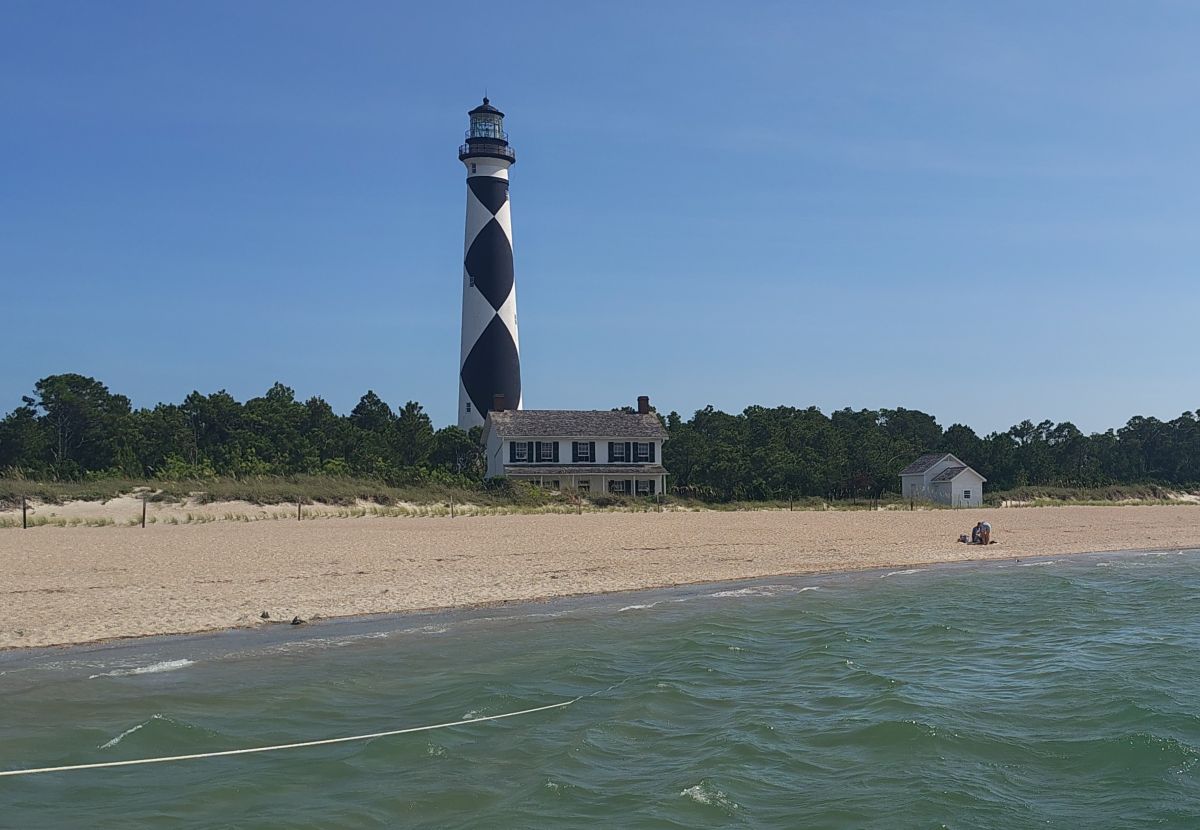
Moores Creek National Battlefield is an 88-acre site in Pender County that welcomed 691,000 visitors who spent about $5.4 million. The battlefield preserves the site of a Feb. 27, 1776, Revolutionary War battle. “Loyalist forces charged across a partially dismantled Moores Creek Bridge. Beyond the bridge, nearly 1,000 North Carolina Patriots waited quietly with cannons and muskets poised to fire. This battle marked the last broadsword charge by Scottish Highlanders and the first significant victory for the Patriots in the American Revolution, according to the website.
“The two leading drivers of tourism are natural resources and history. Moores Creek National Battlefield is rich in both,” Greater Topsail Area Chamber of Commerce & Tourism Executive Director Tammy Proctor said in an interview.
“This national park is a treasure that attracts thousands of visitors each year, not only from the Pender County beaches but from the Wilmington area and Brunswick Isles,” she said, adding that the park and its history “had a significant impact on the Revolutionary War. Those fighting for independence from England experienced their first decisive victory at Moores Creek Bridge.”
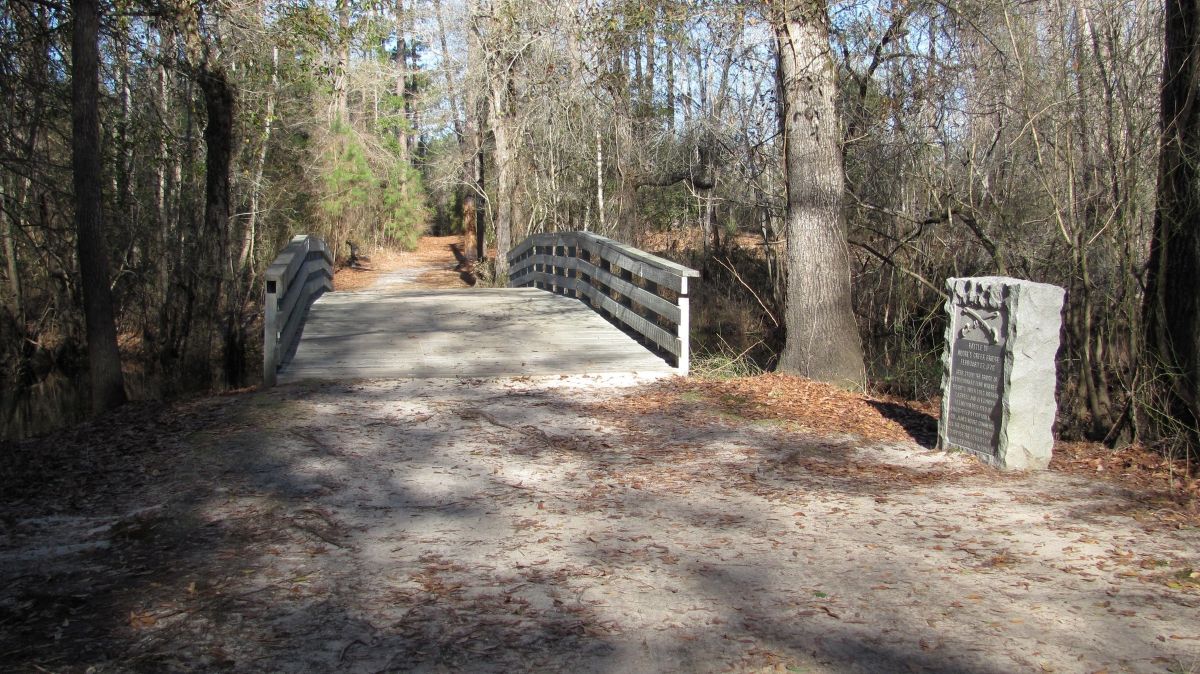
Moores Creek is a tributary flowing to the Black River and a perfect kayaking location, with a kayak launch at the park. “The creek is pristine and leads to one of the nation’s most pristine rivers. The trails in Moores Creek provide visitors with an experience of the great outdoors and a walk among historical events,” Proctor continued.
“Regarding Moores Creek National Park staff, I can’t say enough about the educational opportunities, programs, and events this staff orchestrates in collaboration with the Friends of Moores Creek Battlefield Association, the nation’s oldest National Park friends organization,” she said.
National Park Service and the shutdown
As of Wednesday, the United States Government had been shut down for three weeks because, according to Oct. 10 post by the National Conference of State Legislatures, on Oct. 1, “lawmakers failed to resolve a budget deadlock, halting some federal operations and putting approximately 750,000 employees on unpaid leave. Triggered by partisan clashes over funding beyond Sept. 30, the shutdown has created uncertainty for many federal programs.”
The National Conference of State Legislatures was created in 1975 by state legislators and legislative staff to provide research, technical assistance and opportunities for policymakers, according to its website.
During a government shutdown, the organization continues, “the administration retains limited spending flexibility by prioritizing funding for programs that the president deems essential for public safety or national security, such as military operations or emergency services.”
As a result, national parks have remained partially open to the public. Many of the sites advise that some services may be limited on their official Facebook page by way of a reshare from the National Park Service dated Oct. 1, with a link to the Department of the Interior’s “Operations in the Absence of Appropriations” that includes the park service’s contingency plan dated September 2025.
Lincoln Larson, an associate professor of parks, recreation and tourism management at North Carolina State University, explained to Coastal Review that during a government shutdown, much of the park staff is furloughed, “meaning they don’t work and aren’t paid but retain their job and benefits when the shutdown ends. Overall, a shutdown presents enormous challenges for park management, members of the public who want to visit parks, and for the park employees themselves.”
In most cases, the decision to close depends on the park itself, but many park managers want to keep their sites as open and accessible to the public as possible. However, that is difficult to do with limited staffing, he continued.
While basic services such as roads and restrooms are usually open, they are not monitored or maintained at the same level as during regular operations, and other services, including visitor centers, entrance kiosks, campgrounds, websites, programming and permitting systems, might not be available at all.
Most National Park Service staff view stewardship of natural and cultural resources as a major part of their job, but when they’re not available to protect and conserve these valuable assets, many threats arise, including the effects of overtourism.
Threats like littering, graffiti, human waste, and off-trail behavior often increases under these conditions, causing irreparable damage to fragile park resources. “We saw this happen during the COVID-19 pandemic, when excessive visitation and limited staffing created unprecedented challenges for parks,” Larson said.
Limited staffing also creates safety issues, particularly if law enforcement or search and rescue operations are negatively impacted, which led to many parks closing during the pandemic because of concerns about degradation in the absence of enforcement. A government shutdown poses similar problems.
Larson said it’s difficult to quantify the broader economic impacts of park closures or service reductions.
“Although a shutdown clearly impacts operations within a park itself, the negative effects outside of parks can take an even greater and longer-lasting toll on nearby communities,” Larson explained. Adding, in many parts of rural America, including eastern North Carolina, national parks are major economic engines that, through outdoor recreation and tourism, power local economies.
“These gateway communities depend on park visitation to survive and thrive. Many park workers also live in communities near the parks, and their salaries breathe life into these towns. When parks shut down, many of these economic benefits are lost, making life much tougher for people living nearby. If shutdowns happen during peak tourism seasons, the economic impacts can be even more devastating and leave a lasting effect on the social and cultural landscape of an area,” Larson said.
The National Park Conservation Association urged in a Sept. 29 letter that the National Park Service close all parks during the shutdown to avoid the damage to infrastructure, vandalism and sanitation issues, like human waste and trash, many of the federally managed parks experienced during the last shutdown that lasted 35 days in December 2018 to January 2019.
“NPCA will not stand by and watch history repeat itself… We know what happened last time park staff were forced to leave parks open and unprotected, and the impacts were disastrous … If the federal government shuts down, unfortunately our parks should too,” NCPA President Theresa Pierno said in a release.




